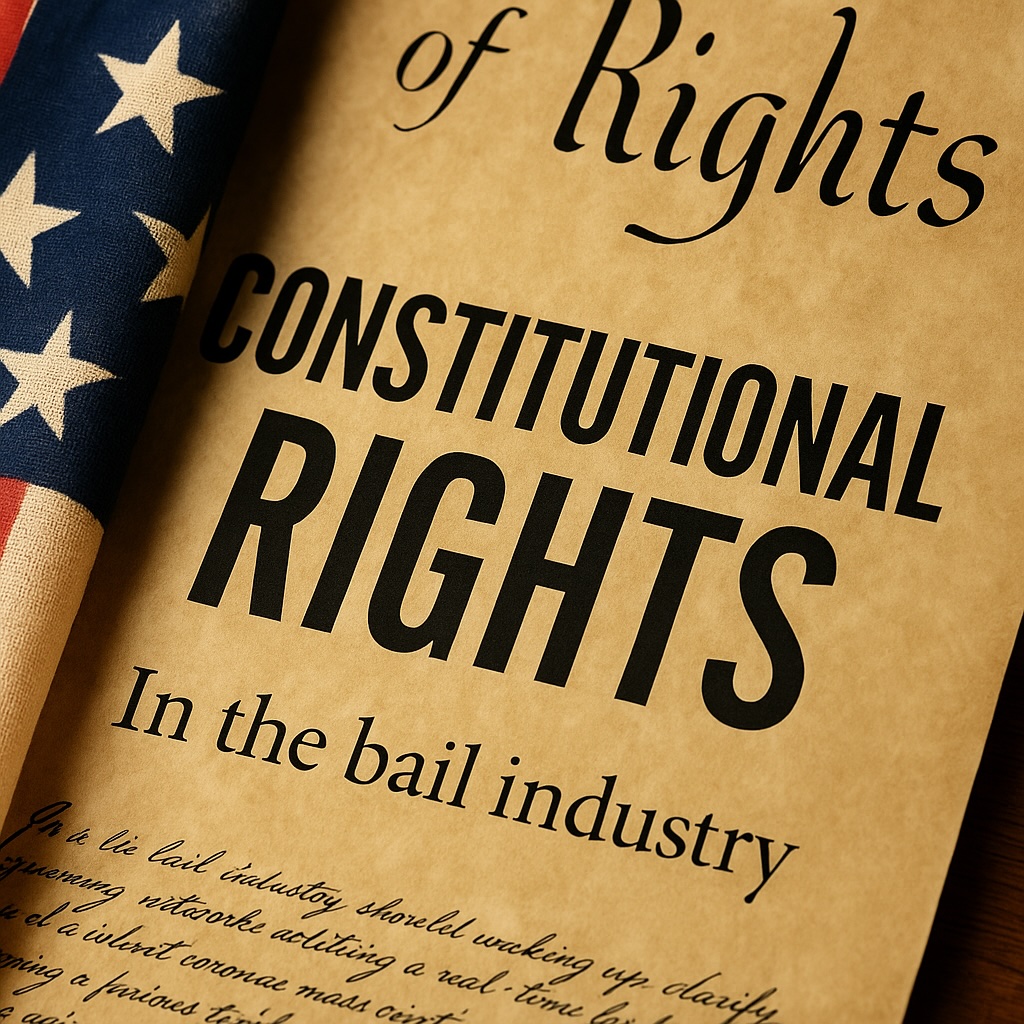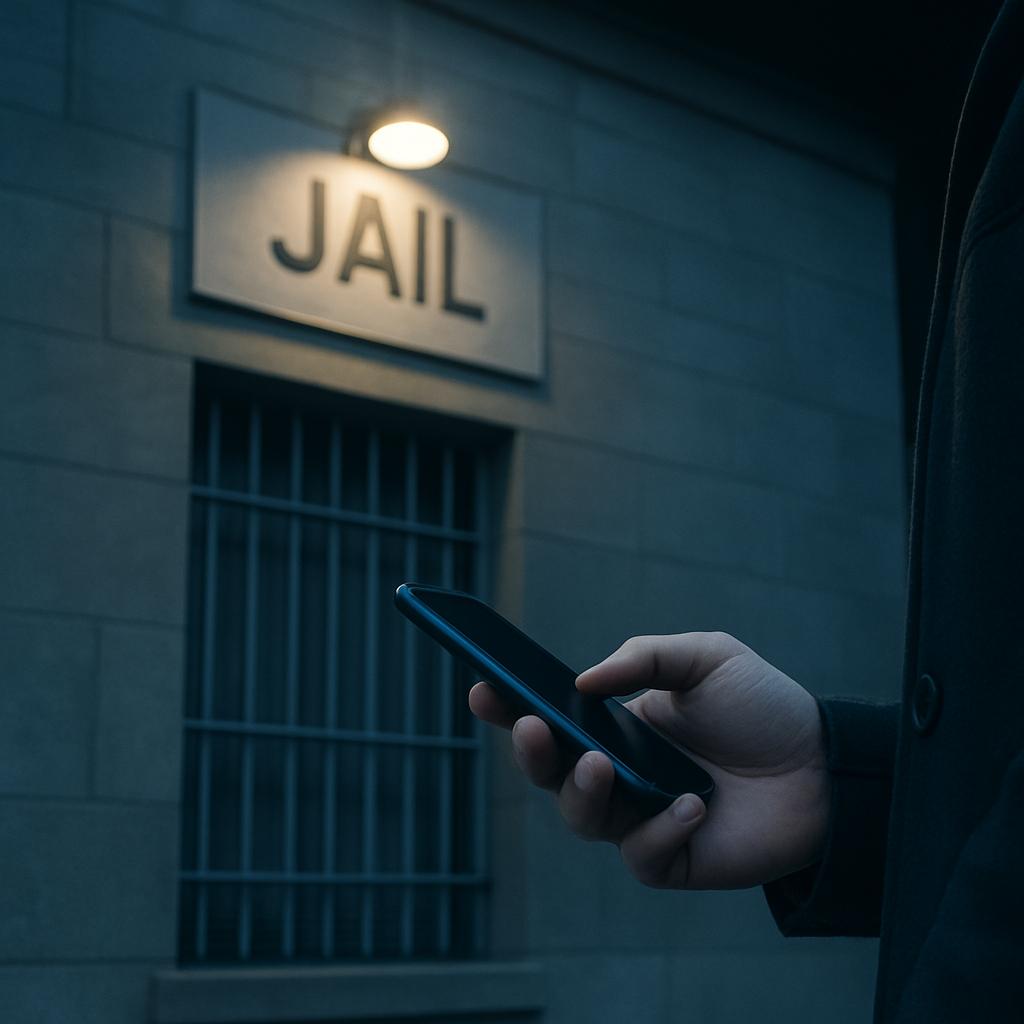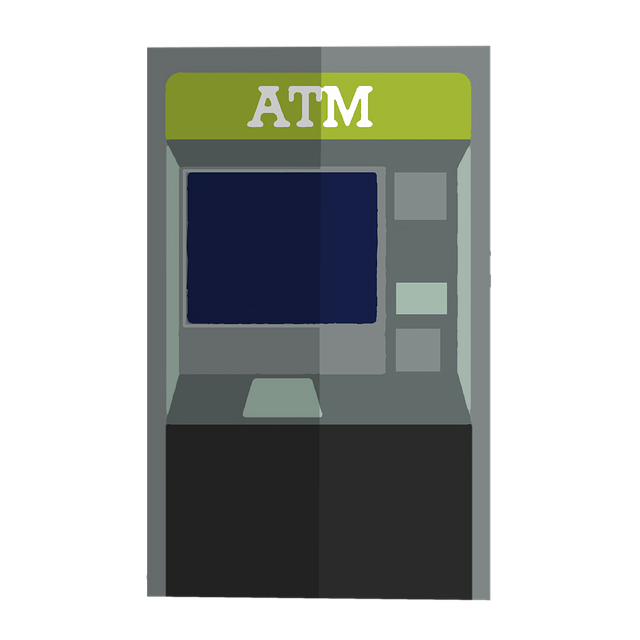When bail is set by a judge, that amount will vary widely depending on the nature and number of crimes a defendant is charged with. That being said, bail can sometimes be set pretty high, and most folks don’t have the cash lying around to use to bail them out. That’s when they go to a bail bondsman. The cost of a bail bond is only 10% of the total bail amount, and most bail bondsmen (including us) are happy to provide payment plans.
However, perhaps you’re in a situation in which a bail bondsman is unable to provide you with a bail bond, and paying someone’s bail in cash to the court clerk just isn’t going to work. The answer, in this case, may be a property bond.
Property bonds involve placing a home with the courts in lieu of cash to secure someone’s release. The home must have equity of at least 150% of the amount of bail that has been set, and you can’t use open land or homes that are out of state. Using a property bond to bail someone out can take time – a few weeks at least – because the court will want to have the home appraised and make a comparable sale comparison, and then the court clerk must accept the home as a property bond. The time it takes to put a property bond through is one of the down-sides. With a bail bond, you can have them out of jail within a matter of hours; with property bonds, the defendant is likely to be there for awhile.
When you put up a home to get someone out of jail, it basically works like collateral to ensure that the defendant shows up on time for court – just like if you had used cash to bail them out. If they show up for their court date, no matter what the outcome of the case, the property will be returned to the owner. However, if the individual skips their court date, then the property will be forfeited to the court, who will now own it.
Just like with any bond, only use a piece of property to bail someone out that you know and trust completely.









